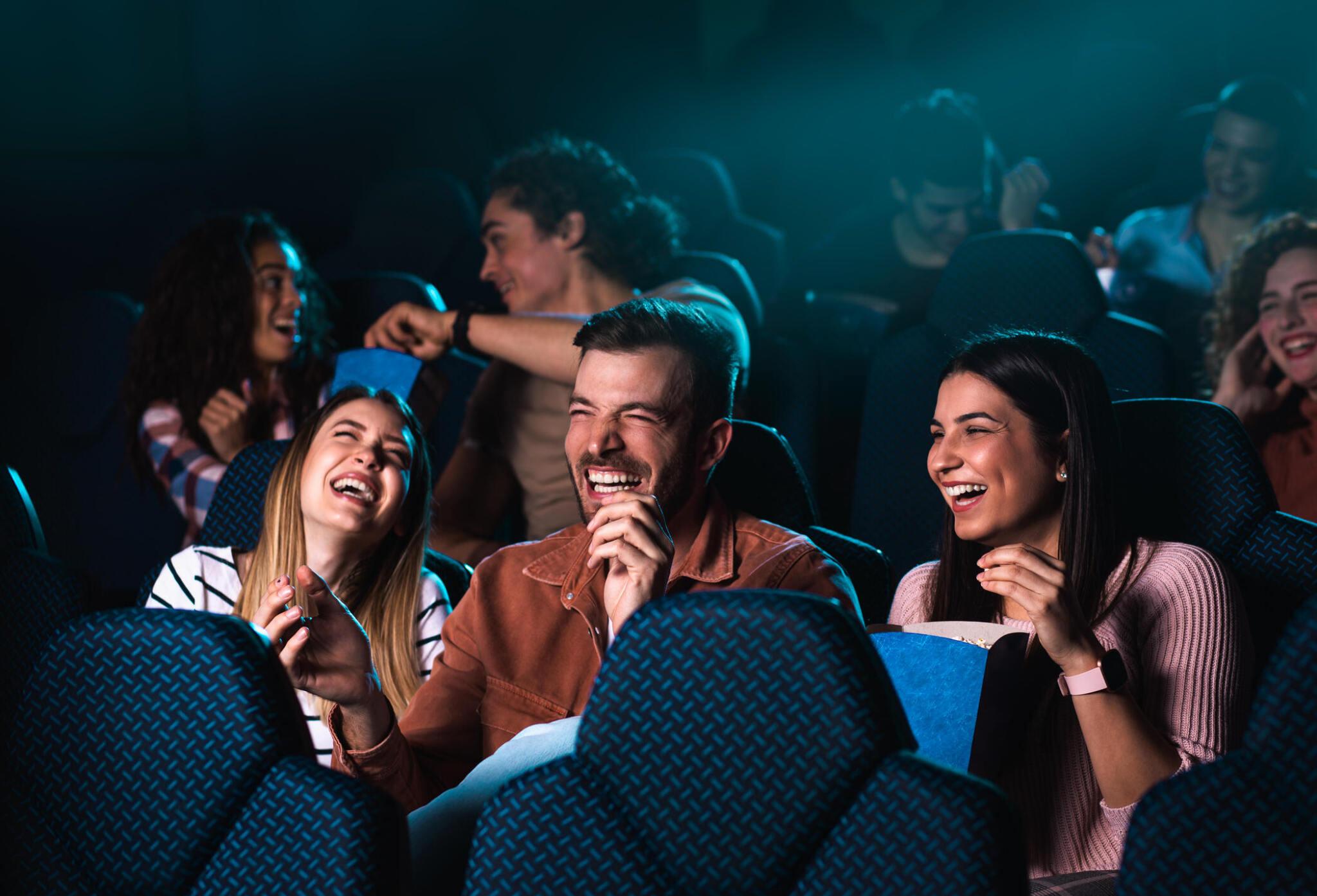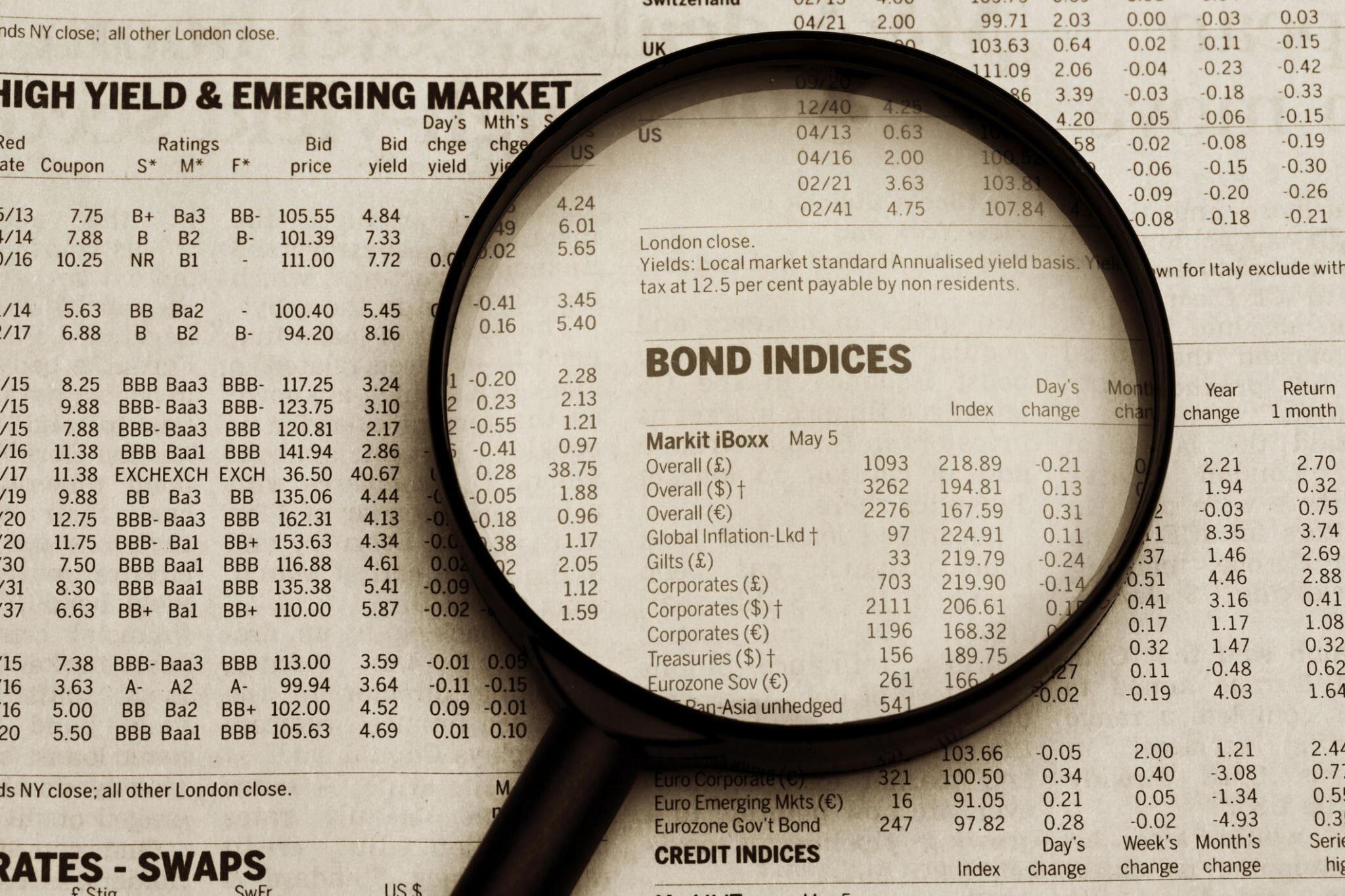
Imagine picking up photography while watching a movie and getting well-versed with multiple angles, emotions, and hard work. The holidays are usually a period to celebrate, rejoice with families, and devour delicious food. More so, it is also an ideal time to curl up on a cold winter morning with a good book or spend the entire day in bed watching movies inspired by the lens.
That said, such movies can be an excellent source of inspiration and learning for shutterbugs. Through the power of visual imagery and storytelling, these cinematic masterpieces can teach photographers about various aspects of photography, comprising composition, lighting, and framing. This article explores the top five photography movies you can’t afford to miss out on.
The Role of Movies in Photography
Even though movies and photography walk hand-in-hand, they share a close bond. Both mediums tend to utilize visual imagery to narrate stories and demonstrate emotions. While they inspire photographers to think outside the box and redefine boundaries creatively, they also shed light on various aspects of photography movies, like framing, lighting, and composition.

Well, that’s not it. History and evolution play a fundamental role in determining the range of photography. By watching biopics and documentaries about renowned photographers, a shutterbug can gain vital insight into the works and lives of influential figures.
The Top 5 Photography Movies Every Shutterbug Should Watch
1. Blade Runner 2049
Significance of lighting and color: Whenever someone discusses Blade Runner 2049, you’d come across how lighting and color play considerable roles in producing a distinctive visual style. In Blade Runner’s case, cinematographer Roger Deakins exercised a blend of artificial and natural light to deliver the movie’s exclusive look. Additionally, warm and cool hues helped create a sense of atmosphere and mood.
Use of shadows and reflections: Talk about artistic brilliance, and Blade Runner 2049 will keep you on the edge of your seat. The movie makes excellent use of reflections and shadows to add depth and complexity to the visuals. This recipe can inspire photographers to experiment with color composition and lighting to create a visually spellbinding portrayal.
2. The Secret Life of Walter Mitty
Encouragement to seek adventure: The movie begins with its protagonist fearlessly leading a Navy crew through an aircraft takeoff within near-hurricane conditions, only to reveal further that the scene is his fantasy; in reality, Walter is driving with his wife into town. The film encourages viewers to run after new experiences and explore the world with a fresh perspective – let alone a known photographer whose negatives are missing. If you know, you know!

Finding beauty in everyday moments: Spoiler Alert! If you haven’t watched the movie yet – add it to your list right away. The film highlights the beauty and wonder that can be addressed in everyday moments. Remember the shot when Sean speaks to Walter while clicking a subject in Afghanistan? I don’t like to have the distraction of the camera. I want to live in this moment – right here! As a photographer, this might hit you deep in the gut!
So, the next time you have plans of watching mountain photography movies, do not forget this one!
3. Rear Window
Lessons on framing and composition: Rear Window is one of the classic Hitchcock movies that teach shutterbugs about composition and structure. The movie is set in one apartment, and the protagonist spends most of the minutes looking out his window with his sight at his neighbors. More so, you’ll come across different perspectives and angles, inspiring photographers to experiment with their composition and framing techniques.
Use of mise-en-scene: The motion picture uses the technique of mise-en-scene to deliver tension and suspense. Wondering what this phenomenon is? Mise-en-scene refers to how actors and objects are arranged in a single shot. Photographers can use this technique to create a sense of narrative and drama in their images.
4. Finding Vivian Maier

Most of you might not have heard of it yet. Finding Vivian Maier is one of the documentaries highlighting the potency of street photography. The feature follows the discovery of more than 100,000 photographs captured by a nanny, Vivian Maier, who then documented the places and people she encountered while working. This does not end here. The documentary also showcases how street photography can be a potent mechanism to document the world around.
Importance of preserving photographic history: Finding Vivian Maier emphasizes the importance of preserving photographic history. What does it imply? Simply, it can inspire photographers to take care of their work and consider the captured shots with an extended impact.
5. War Photographer
Ethics of photojournalism: As the name suggests, you might have concluded your thoughts. However, that’s not all. It is a documentary film that offers viewers an intricate look at the life of photojournalists and the ethical problems surrounding their operations. Speaking of which, the film follows a war photographer, James Nachtwey, as he documents conflicts in various corners of the world. If there’s one vital thing that budding shutterbugs can take from War Photographer is the critical thinking behind the concept. One of the biggest takeaways is how you criticize your work and leave a considerable impact on the world.

The emotional toll of covering conflicts: The documentary highlights the emotional distress that covering wars can take on artists like photographers. Not only can it help photographers to be more aware of their well-being, but also to take steps to make certain their mental health is protected at all times in dangerous situations.
The verdict
Photography movies can be enthralling and captivating, all at the same time, while offering a sense of inspiration and learning. By watching movies showcasing multiple aspects of photography, shutterbugs can develop their skills and hone photography techniques to create art, not images. So, the next time you pick up a skill, get behind the lens and let your emotions take a physical shape.







